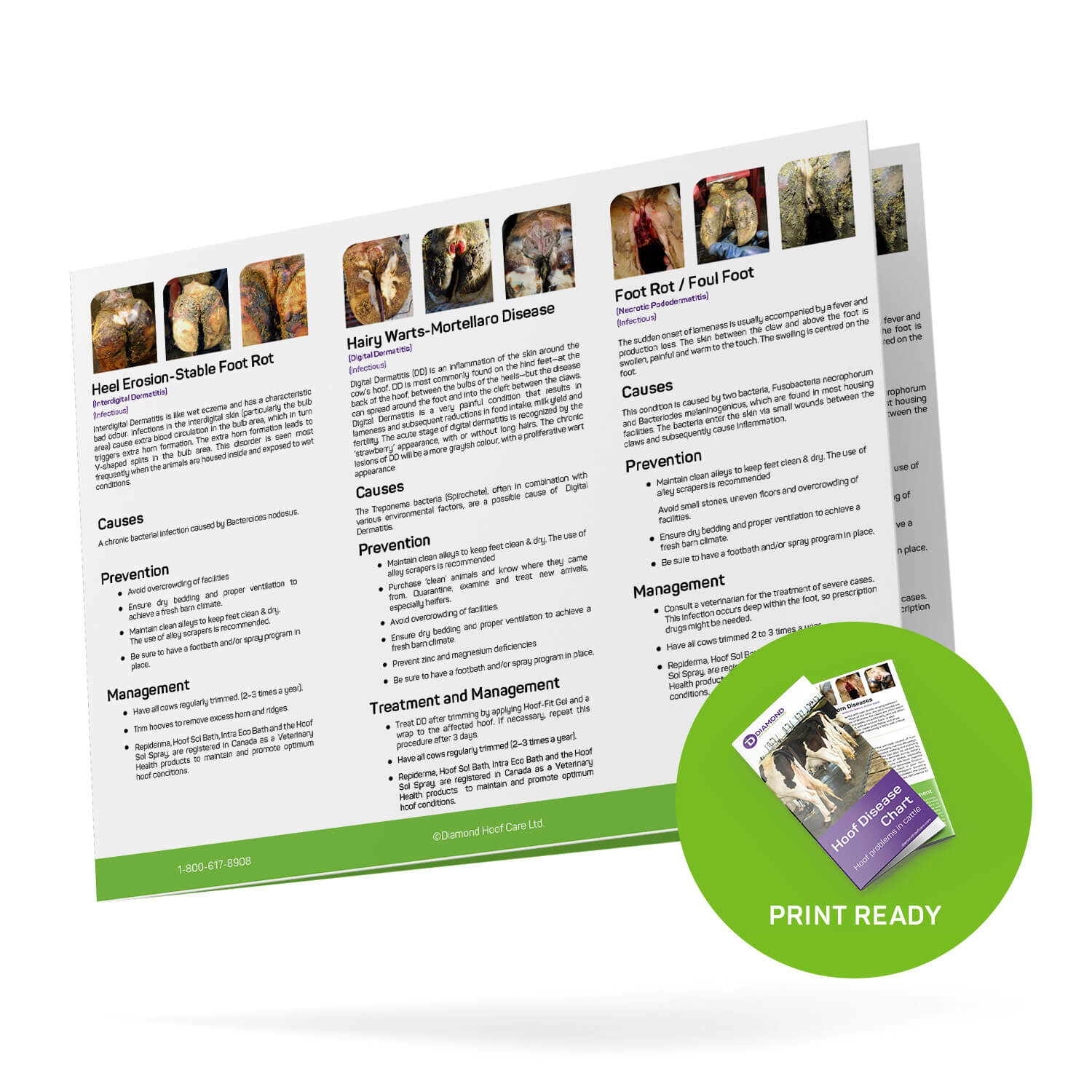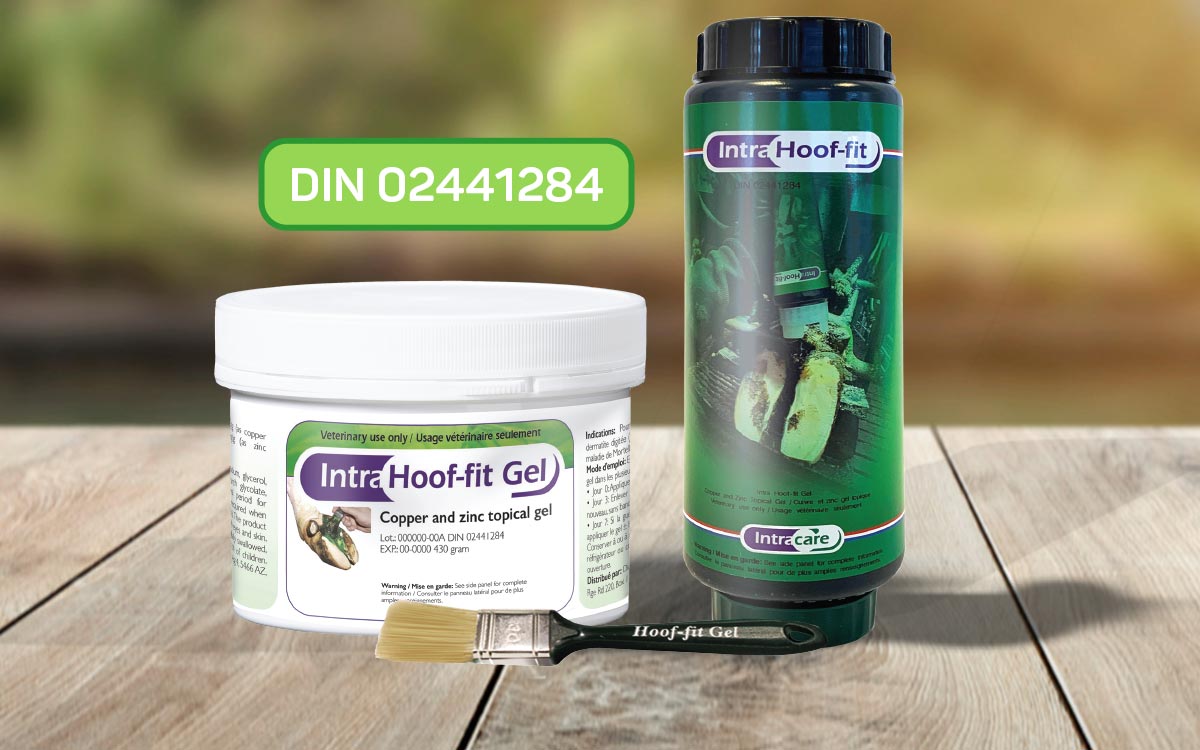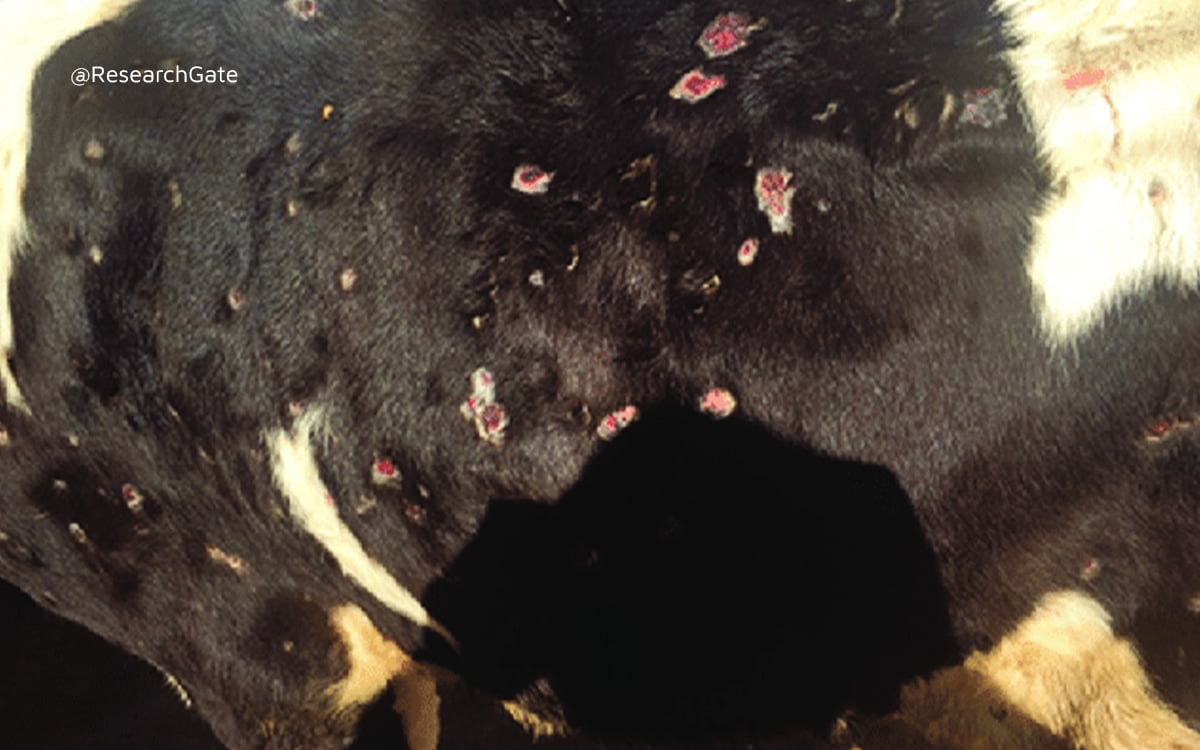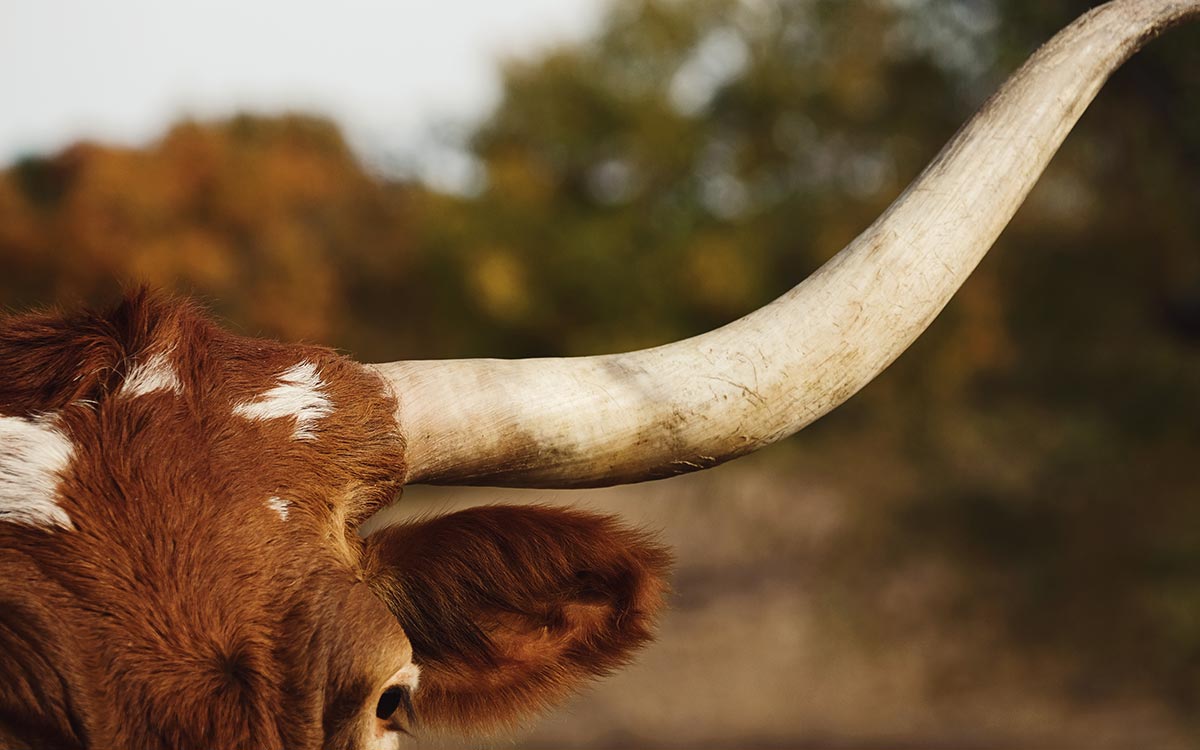Hoof abscesses are among the most common causes of acute lameness in livestock and horses. The problem does not immediately manifest on the exterior of the hoof, and by all appearances, the animal may look fine for some time. There should be suspicion of a hoof abscess if lameness severity is abrupt and without apparent causes.
A hoof abscess may not heal on its own due to bacterial growth in the hoof structure. If the animal’s immune system can’t fight the infection, healing may take longer; the condition may worsen, spread throughout the extremity, or become systemic. Experts recommend the treatment of hoof abscesses.
The rest of this article will touch on the pathophysiology of hoof abscesses and their treatment and explain what could happen if the abscess is left untreated. If this is a topic you are interested in exploring, keep reading.
What Happens If You Don’t Treat Hoof Abscesses?
A hoof abscess results from a bacterial infection that causes inflammation. I have found an interesting horse-related article on the Vet Written/Vet Reviewed website (which also applies to cattle) stating that exudates and pus collect in a pocket and put pressure on surrounding tissues. The increasing pressure within the abscess may cause it to rupture.
The contents of the abscess will then drain at the coronary band. However, most abscesses drain on their own, but its a slow process; in most cases, a professional hoof trimmer can solve the problem sooner by trimming and blocking. Sometimes, a veterinarian needs to incise an abscess to drain the pus, exude build-up, and relieve the pressure exerted by the abscess on surrounding tissues.
While some abscesses don’t require antibiotic treatment, others do due to the severity of the infection. Severe infections may worsen without antibiotic therapy, causing great pain and discomfort to the affected animal.

The resulting chronic inflammation could cause damage to the surrounding nerves and tissues and permanently affect the use of the limb. Although the animal’s immune system will try to fight off the infection, delayed treatment may prolong the disease.
The natural rupture of an abscess doesn’t mean that the animal no longer requires treatment. Ruptured abscesses are even more vulnerable than those that are intact because they no longer have a membrane encapsulating the infected tissues within. The membrane has offered some protection from further infection.
Timely treatment is recommended for hoof abscesses, whether ruptured or not, to prevent the deterioration and spread of the infection.
How a Hoof Abscess Begins
To understand how a hoof abscess begins, we must first become familiar with the basic anatomy of a hoof and how the structures work together. This information will help us understand why leaving the hoof untreated could lead to poor outcomes for the animal, including the loss of mobility or the weight-bearing capacity of the affected limb.
The exterior hoof of a cow comprises the hoof wall and the sole, with two digits (or claws), which are the visible components that carry the weight of the animal. Inside the claw, encapsulated by the wall is the coffin bone or pedal bone. Laminae and tissues that make up the sole surround this coffin bone. The laminae also bind the wall to the coffin bone.

Hoof abscesses generally form when bacteria become trapped between the laminae and the hoof wall or sole. The resulting infection and inflammation lead to the formation of a pocket of exudate and pus that can grow as the condition progresses. As the abscess collects more exudate and pus, there is a build-up of pressure within the abscess.
Signs of a Hoof Abscess
Most abscesses are not visible outside the hoof, especially in the early stages of infection. Therefore, the animal may show signs and symptoms before visible signs of the problem appear.
Here are some signs and symptoms that signal a hoof abscess:
- Lameness (ranging from mild to severe, often with sudden onset)
- A slight swelling of the foot (mostly off-center, to one side)
- A claw that feels warmer compared to the unaffected claws
- Discharge from the coronary band (may or may not be foul-smelling)
- A foreign object embedded in the hoof
In dairy herds, these symptoms are typically observed year-round but are more common after a change in rations, when the animals are on rough flooring, or there is much walking around, overcrowding in the barn, or much standing. External influences can cause minute cracks, which are portals of entry for bacteria.
Once the animal shows signs and symptoms of lameness, consult a hoof trimmer so they can perform a complete assessment and make a diagnosis. In severe cases, your veterinarian can determine if the abscess has ruptured or if they need to drain the affected hoof surgically.
Treating a Hoof Abscess
Under regular circumstances, a professional trimmer can block the healthy claw and trim the sole to drain the abscess.
On his YouTube channel The Hoof GP, fellow hoof trimmer Graeme Parker shares this treatment protocol for a hoof abscess in a dairy cow.

[Source from GP Hoof: HUGE PRESSURE RELEASE from COW’S HOOF!!!]
In severe cases, after the vet confirms the presence of an abscess, they will recommend surgical draining and antibiotic treatment in addition to a proper hoof trim. If the abscess has ruptured on its own, the vet may prescribe antibiotics with strict instructions to keep the affected hoof clean and allow continuous draining.
To encourage continuous draining, you will need to do the following:
The duration of hoof abscess treatment will vary depending on the severity of the infection and the animal’s compliance with the treatment regimen. It is essential to minimize the animal’s activities to reduce the wear and tear on the hoof and allow it to heal.
Aside from antibiotics, the vet may also prescribe non-steroidal anti-inflammatory medications to keep the inflammation under control. As mentioned earlier, chronic inflammation can cause damage to surrounding structures and tissues and further delay healing.

Hoof Disease Reference Chart
Final Thoughts
While hoof abscesses can sometimes heal on their own, there is a high risk of the infection becoming more serious. In this case, veterinary intervention would become necessary. If you delay surgical or medical treatment, it could lead to prolonged suffering for the animal as well as an extended healing period and costlier treatment.
Given these risks, it is best to err on the side of caution and seek veterinarian or hoof trimmer assistance should you notice symptoms of a hoof abscess.



